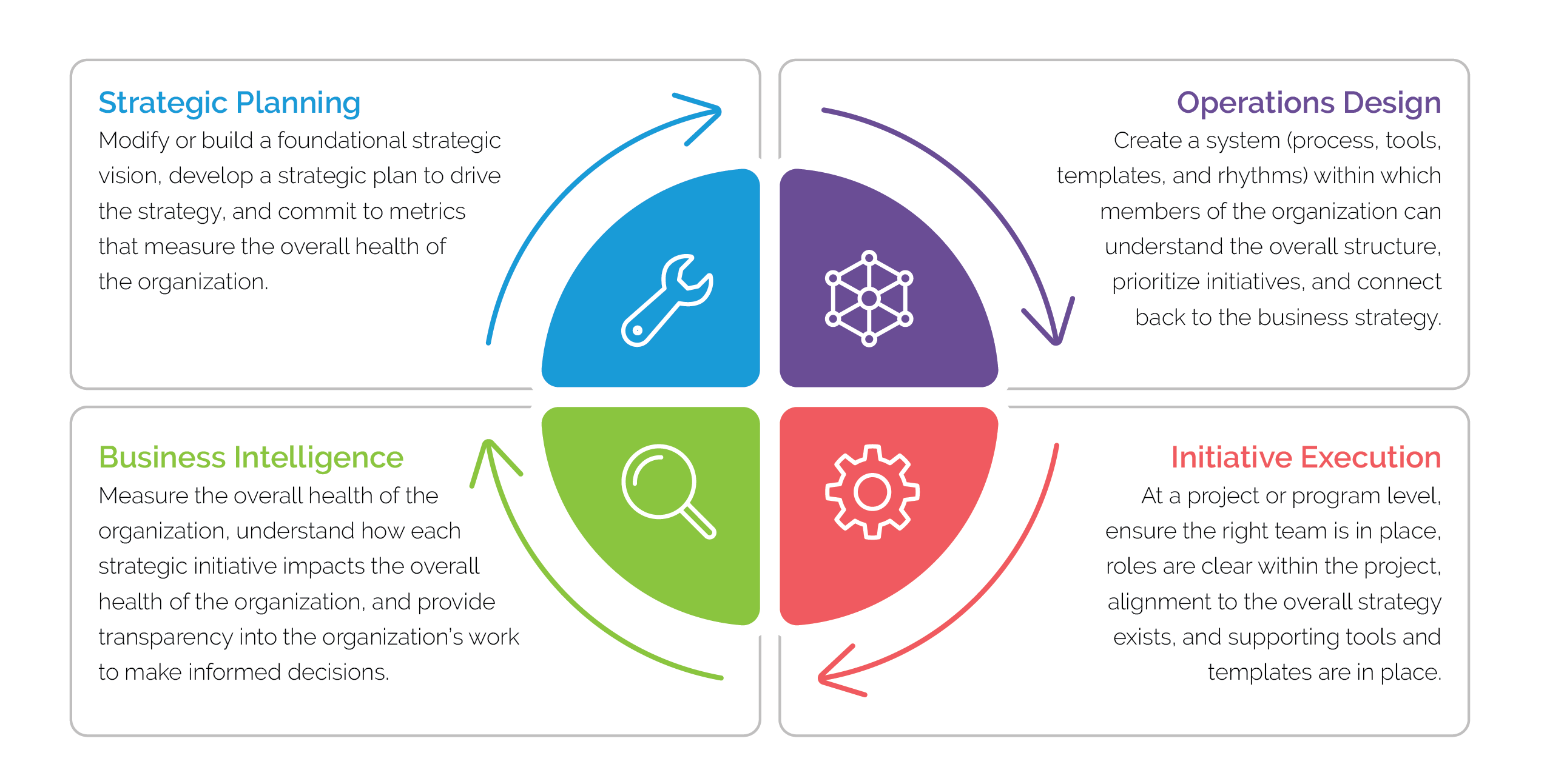
Mastering Success: Strategic Planning Techniques for Business Leaders
In the dynamic landscape of business, strategic planning is the compass that guides organizations towards success. Let’s delve into essential techniques and tips that savvy business leaders employ to navigate the complex realm of strategic planning.
Understanding the Core Principles of Strategic Planning
Effective strategic planning begins with a solid understanding of its core principles. Business leaders need to grasp the importance of aligning organizational goals with a clear vision, identifying strengths and weaknesses, and staying adaptable to the ever-changing business environment.
Setting Clear Objectives and Goals
The foundation of any strategic plan lies in clearly defined objectives and goals. These serve as the roadmap for the organization, providing a direction for decision-making and resource allocation. Ambiguous or overly broad objectives can lead to confusion, making it crucial for leaders to be precise in their goal-setting.
SWOT Analysis: Unveiling Strengths, Weaknesses, Opportunities, and Threats
Conducting a SWOT analysis is a fundamental step in strategic planning. By evaluating Strengths, Weaknesses, Opportunities, and Threats, leaders gain insights into internal and external factors that can impact the organization. This analysis forms the basis for crafting strategies that leverage strengths and address weaknesses.
Embracing Innovation and Adaptability
In a rapidly evolving business landscape, strategic planning must be dynamic. Business leaders should foster a culture of innovation and adaptability within their organizations. This ensures that strategic plans remain relevant and can be adjusted in response to emerging opportunities or challenges.
Effective Resource Allocation for Optimal Results
Strategic planning involves making informed decisions about resource allocation. Whether it’s financial, human, or technological resources, leaders must prioritize and allocate them effectively to support the execution of the strategic plan. Efficient resource management is key to achieving desired outcomes.
Building a Collaborative and Inclusive Planning Process
A successful strategic plan is not a solo endeavor; it’s a collaborative effort that involves input from various stakeholders. Business leaders should encourage an inclusive planning process, incorporating perspectives from different departments and levels within the organization. This not only enriches the plan but also fosters a sense of ownership among team members.
Continuous Monitoring and Evaluation
Strategic planning is an ongoing process that requires continuous monitoring and evaluation. Business leaders should establish key performance indicators (KPIs) and regularly assess progress. This allows for timely adjustments, ensuring that the organization stays on course and can swiftly respond to changes in the business environment.
Effective Communication of the Strategic Vision
Communication is paramount in strategic planning. Business leaders must effectively communicate the strategic vision to all stakeholders, ensuring that everyone understands their role in achieving the objectives. Clear and transparent communication fosters alignment and commitment throughout the organization.
Strategic Planning Techniques Tips Business: A Comprehensive Resource
For in-depth insights into strategic planning techniques and tips for business success, explore Strategic Planning Techniques Tips Business. This resource provides valuable guidance, tools, and strategies for leaders aiming to elevate their strategic planning initiatives in today’s competitive business landscape.
Conclusion: Navigating Success Through Strategic Planning
Strategic planning is the linchpin of success for businesses, guiding them through challenges and opportunities. By mastering the essential techniques and tips, business leaders can craft robust strategic plans that not only survive but thrive in the ever-evolving world of commerce.
